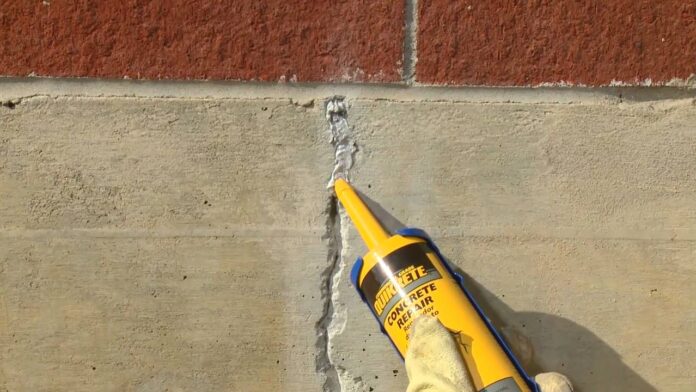Cracks in basement walls are a common issue for homeowners, especially those in older homes or areas with significant seasonal changes. While minor cracks might be manageable with a DIY approach, there are instances when professional intervention is necessary.
Even if you have some skills and experience, things like basement wall crack repair might still require professional assistance.
This article will guide you through assessing the severity of basement wall cracks and deciding when it’s time to call in the experts.
Basics
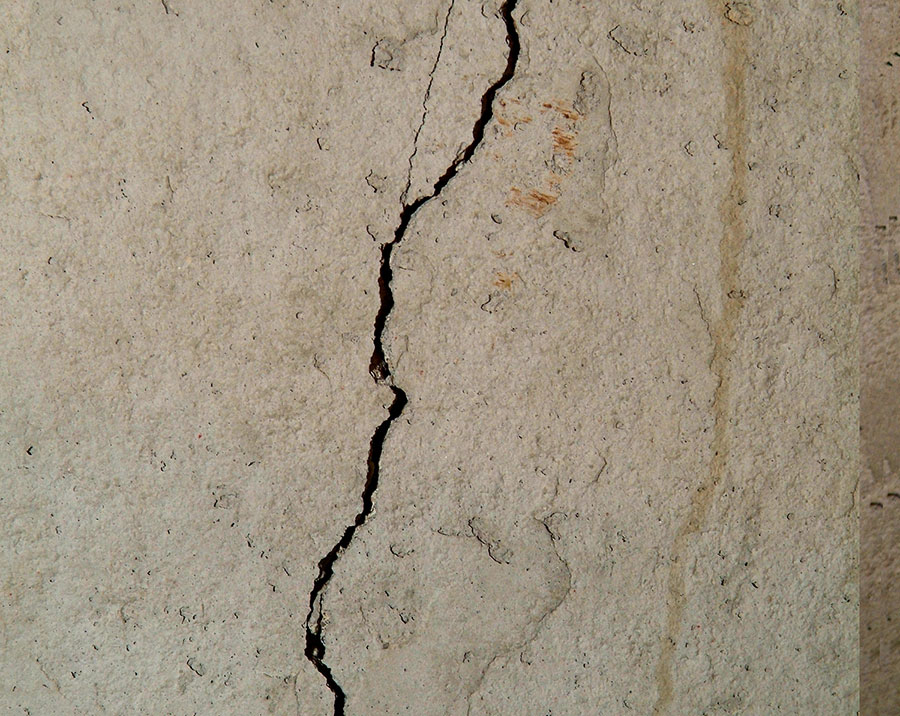
Before diving into repair methods, it’s essential to understand the types of cracks you might encounter. Basement wall cracks generally fall into three categories: hairline, structural, and settlement cracks.
1. Hairline
These are fine, surface-level issues typically caused by concrete shrinkage during the curing process. They are usually less than 1/8 inch wide and don’t pose a structural threat.
2. Structural
Structural are more serious and can indicate issues with the foundation. These are often wider than 1/8 inch, can be horizontal or vertical, and might even show signs of bowing or displacement.
3. Settlement
Settlement cracks occur when the house settles unevenly, leading to vertical or diagonal cracks. While some settling is normal, excessive or uneven settlement can be problematic.
Assessing Severity
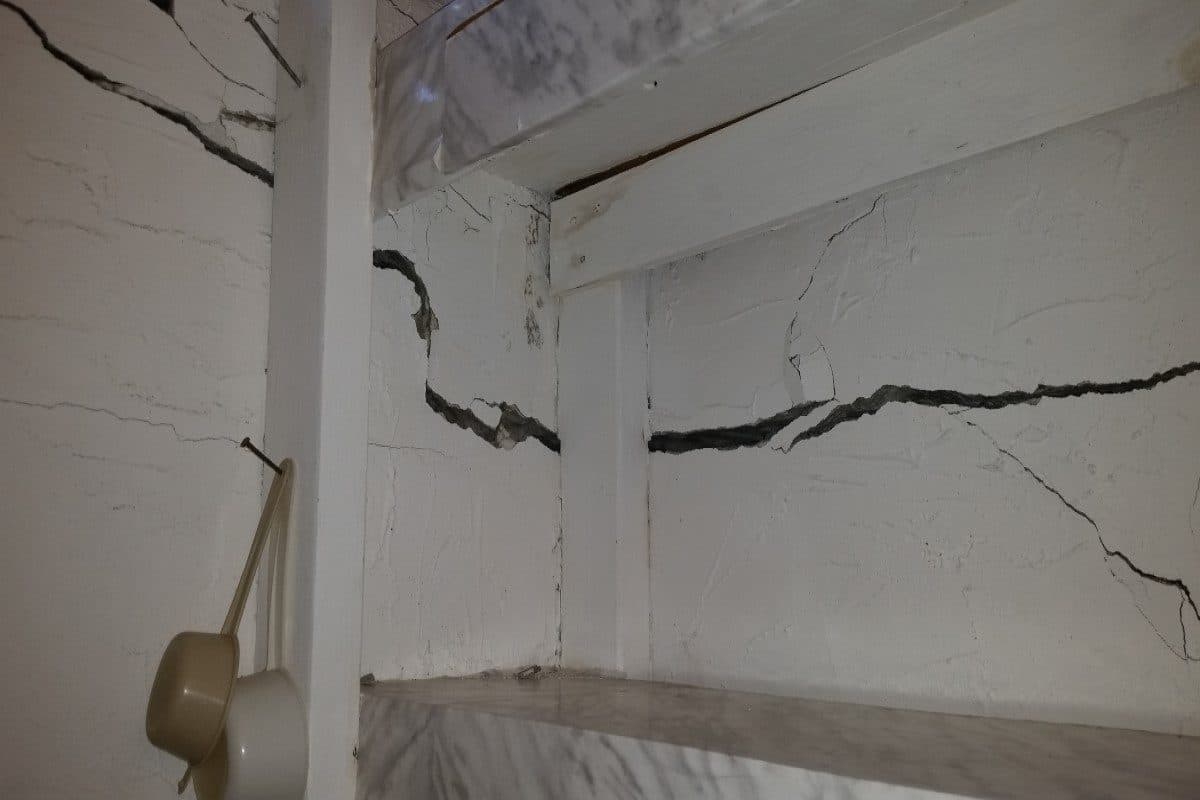
Determining the severity of a basement wall crack involves inspecting its width, length, direction, and any accompanying signs of structural damage.
1. Width and Length
Measure the width. Those wider than 1/8 inch or those that change width over time may indicate serious issues. Length is also a factor, as longer cracks can suggest widespread problems.
2. Direction
The direction can hint at its cause. Vertical are usually less concerning than horizontal or diagonal ones, which often indicate structural stress.
3. Additional Signs
Look for signs like water seepage, mold growth, or bowing walls. These symptoms can point to underlying issues that require professional attention.
DIY Repair Methods
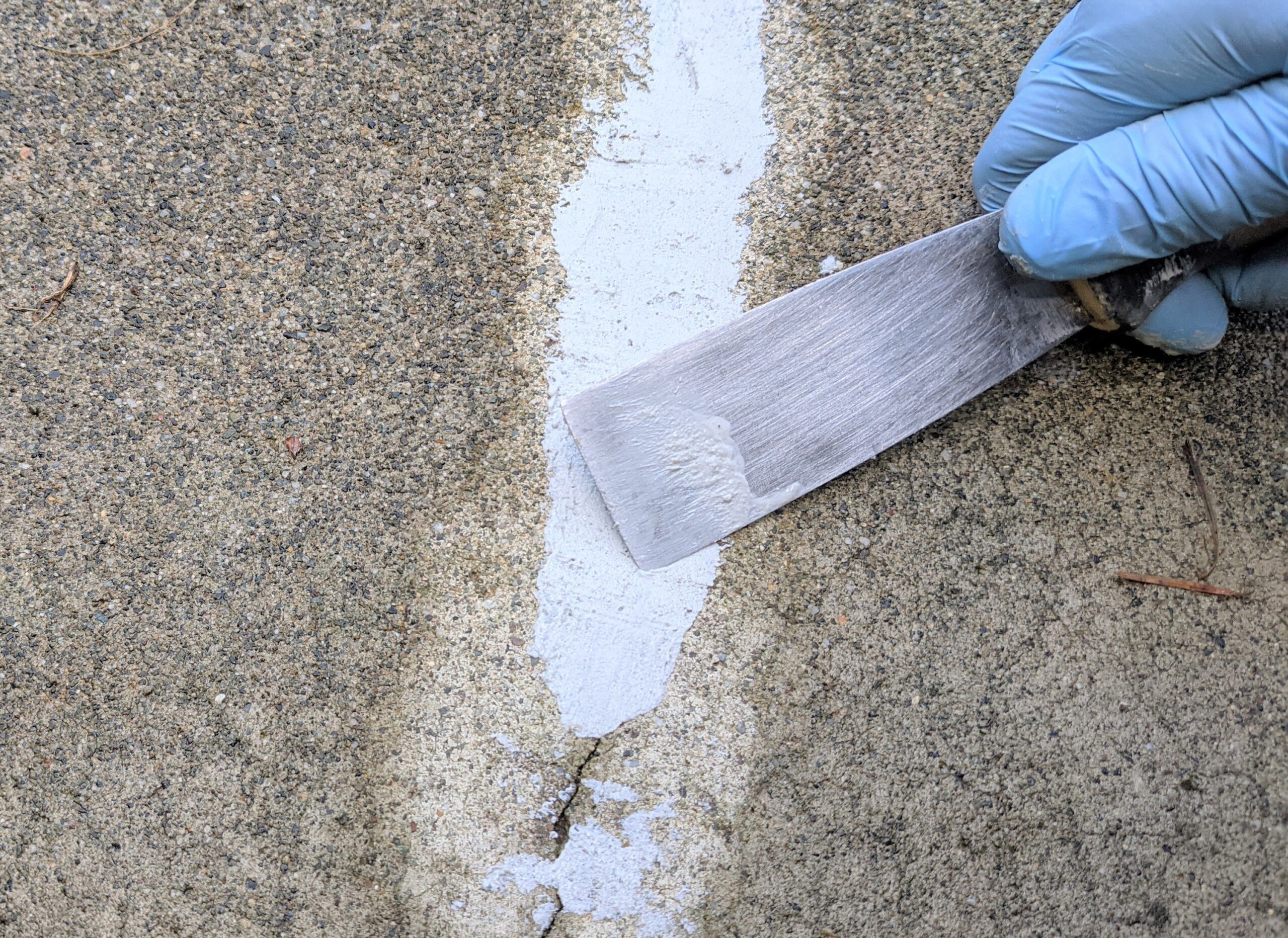
For minor, non-structural ones, there are several DIY repair methods you can try.
1. Epoxy Injections
Epoxy injections are suitable for hairline and small structural problems. This method involves injecting a high-strength epoxy resin into the crack to seal and strengthen it.
2. Polyurethane Foam Injections
Polyurethane foam is flexible and can expand to fill larger ones.
3. Hydraulic Cement
Hydraulic cement can be used to fill larger ones. It sets quickly and expands as it dries, making it effective for sealing leaks.
When to Call a Professional
While DIY methods can handle minor issues, there are situations where professional help is necessary.
1. Persistent Water Seepage
If water continues to seep through the crack despite your repair efforts, it’s a sign of a more significant problem that needs expert assessment.
2. Bowing or Displacement
Cracks accompanied by bowing or displacement of the wall indicate severe structural issues. Professional intervention is required to stabilize the foundation and prevent further damage.
3. Expanding
If you notice cracks expanding or new cracks forming, it’s a sign that the underlying issue hasn’t been addressed. A professional can identify and rectify the root cause.
4. Multiple
Multiple cracks in various locations can signify widespread foundation problems. A professional can perform a comprehensive assessment to determine the extent of the damage.
5. Complex Repairs
Some require specialized tools and materials that are beyond the scope of a typical DIY project. Professionals have the expertise and equipment to handle these repairs effectively.
The Risks of Ignoring Serious Issues
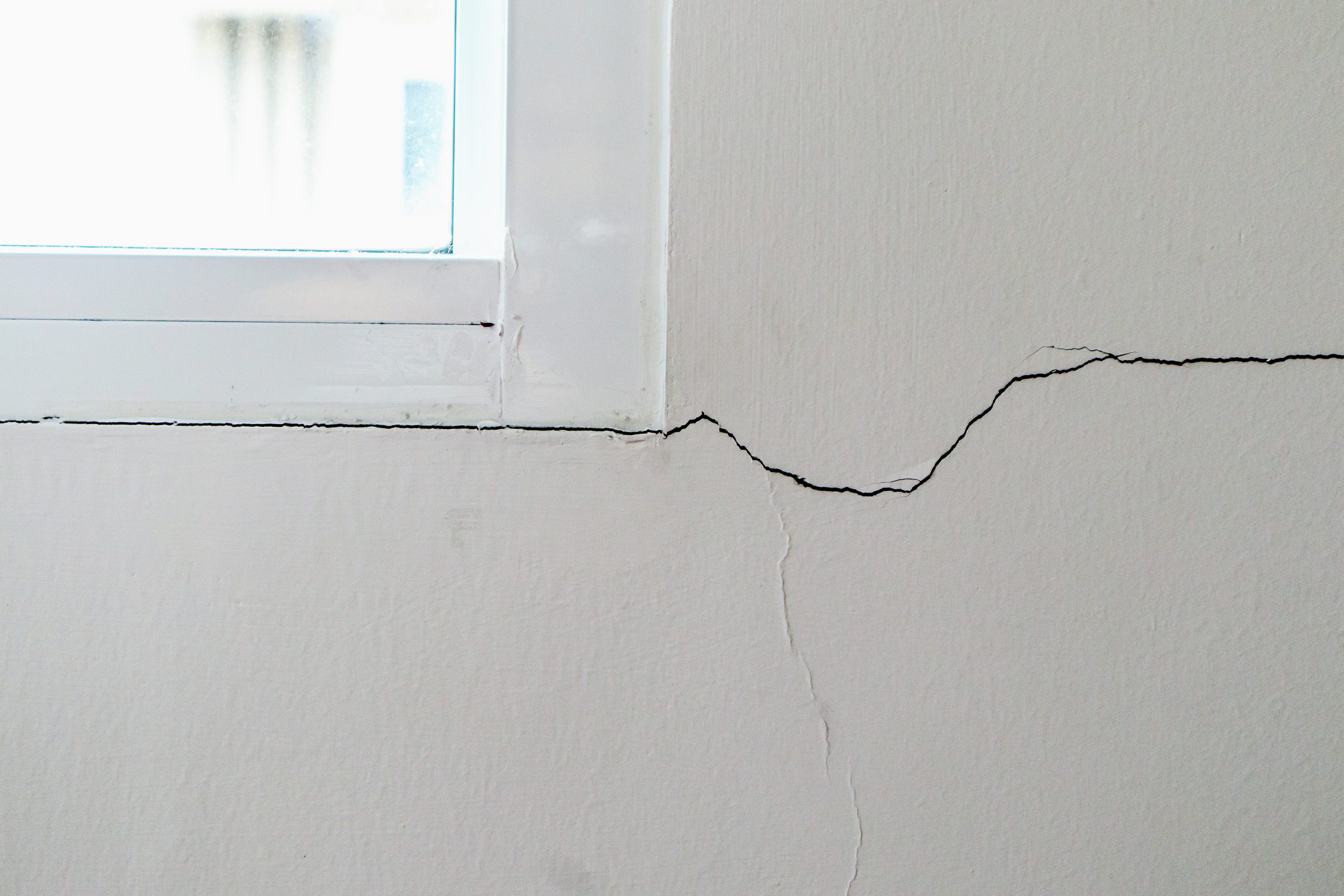
Ignoring serious basement wall cracks can lead to numerous problems, including structural instability, increased water damage, and reduced property value. Addressing cracks promptly can save you from costly repairs and potential safety hazards down the line.
1. Structural Instability
Unrepaired structural ones can compromise the integrity of your home’s foundation, leading to more extensive and expensive repairs in the future.
2. Water Damage
Cracks that allow water to seep into your basement can cause mold growth, wood rot, and damage to your belongings. Persistent moisture issues can also affect indoor air quality.
3. Reduced Property Value
Visible cracks and signs of structural damage can lower your home’s market value. Potential buyers are likely to be wary of purchasing a property with unresolved foundation issues.
Prevention
Preventing basement wall cracks involves maintaining proper drainage around your home and addressing any signs of foundation issues promptly.
1. Maintain Proper Drainage
Ensure that your gutters and downspouts direct water away from your foundation. Consider installing a French drain or sump pump if you experience frequent water pooling around your home.
2. Monitor Soil Moisture
Keep the soil around your foundation at a consistent moisture level. During dry spells, water the soil to prevent it from shrinking and causing foundation movement.
3. Inspect Regularly
Perform regular inspections of your basement walls and foundation. Early detection of cracks can prevent minor issues from becoming major problems.
Choosing a Professional
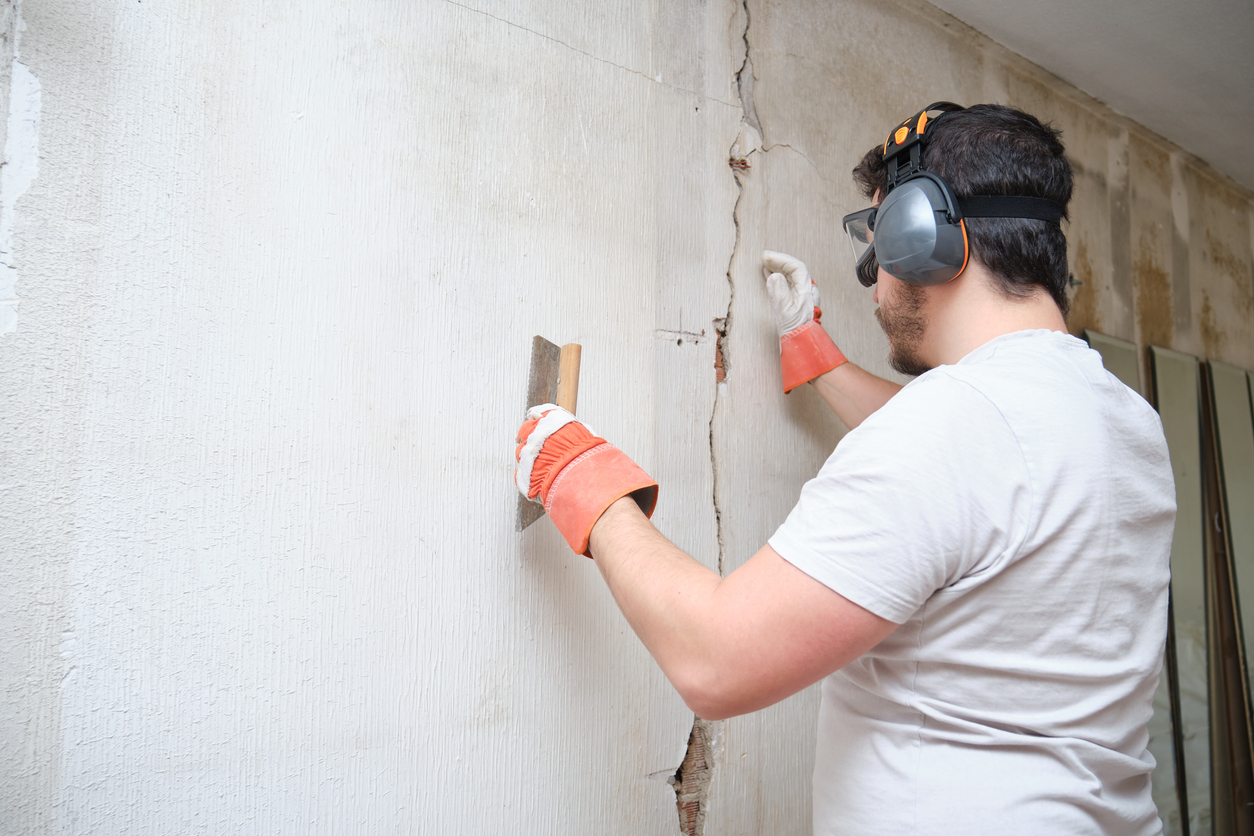
When selecting a professional for basement wall crack repair, consider their experience, reputation, and the methods they use.
1. Experience and Expertise
Choose a contractor with extensive experience in foundation repair. Ask for references and check online reviews to ensure they have a track record of successful repairs.
2. Inspection and Assessment
A reputable contractor will perform a thorough inspection and provide a detailed assessment of the damage. They should offer a clear explanation of the repair process and potential costs.
3. Repair Methods
Inquire about the repair methods they use. Ensure they are using modern, effective techniques like epoxy injections or carbon fiber reinforcement for structural cracks.
4. Warranty and Guarantee
Look for contractors who offer a warranty or guarantee on their work. This provides peace of mind that the repairs will be durable and long-lasting.
Conclusion
DIY basement wall crack repair can be a cost-effective solution for minor issues. However, recognizing when to seek professional help is crucial to maintaining the integrity and safety of your home. By understanding the types of cracks, assessing their severity, and knowing the limits of DIY methods, you can make informed decisions about repairing your basement walls. Remember, addressing cracks early can prevent more significant problems and ensure the long-term stability of your home.

